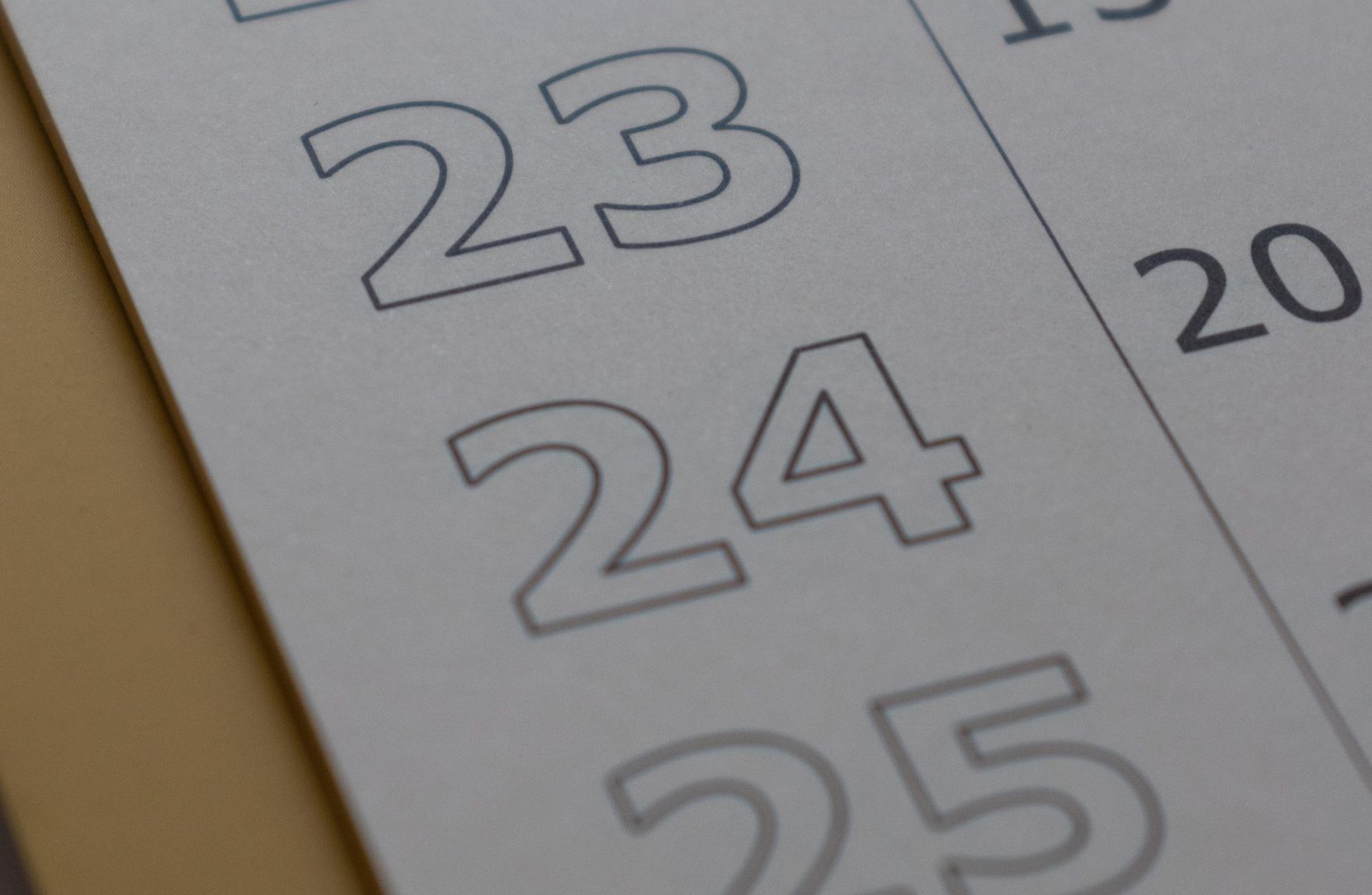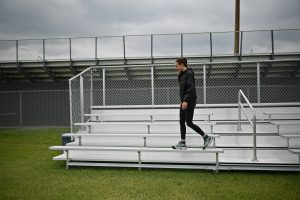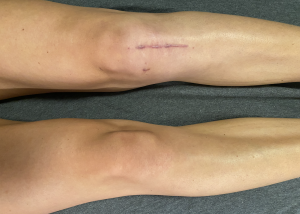Use these tips to manage the year long (sometimes more!) process of ACLR rehab.
- Track your workouts
- Periodize your training
- Something is better than nothing
ACLR Rehab can be time consuming and tedious, but it is the best way to getting back to your sport and reducing future injury risk. It will challenge you mentally and physically – so make sure it is worth it.
Tracking your workouts
Use technology – I use my apple watch so I can see how many days a week/month I have completed my workouts
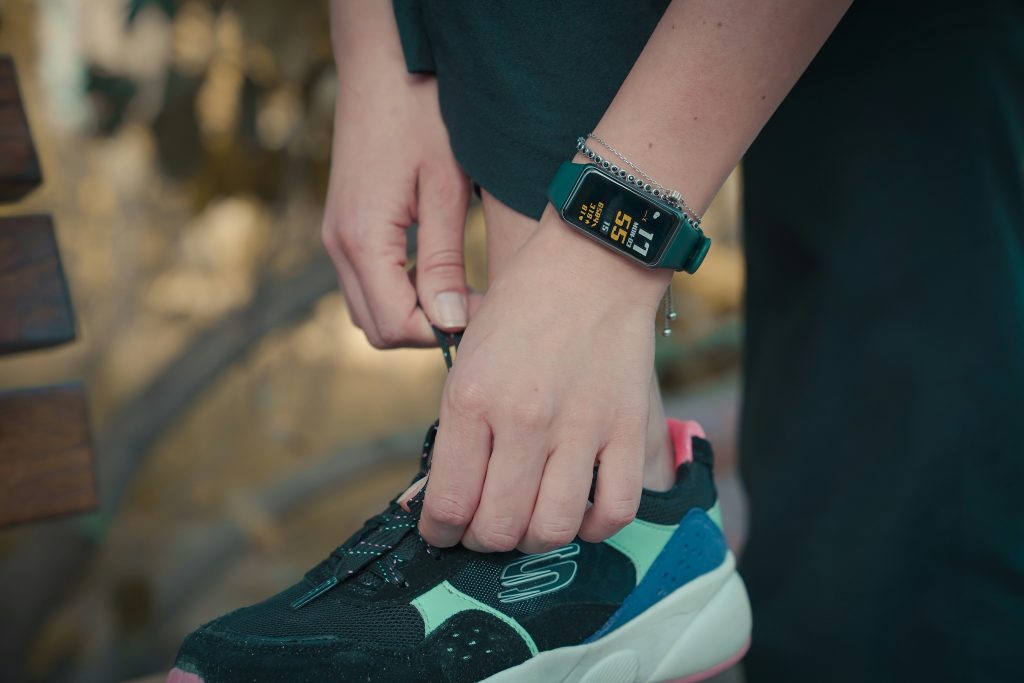
- You can track all your workouts and categorize them into walking, running, weights sessions, stretching or other
- This can help to keep track of your small wins and have the feeling of consistency
- It is also important to take rest days, this is more important for later stages of rehab when you are back doing workouts, running and maybe even some sport participation
Use Strava (or nike run or your apple watch) to track your running distances and how you feel
- If you need to keep it on private because you feel yourself getting pulled into the comparison game, then do it!
- This is just for YOU to see your small improvements add up over time
- I think it is so helpful being able to see month after month how your pace might increase, how your RPE (rate of perceived exertion) decreases and how you can increase your distance
- You can also write little notes on how your knee specifically felt to keep track of symptoms and share with your physio
Here’s an example of using the Wahoo app for my bike trainer to be able to see how I was doing throughout my ACL prehabilitation and ACLR rehabilitation, getting ready for outdoor rides:
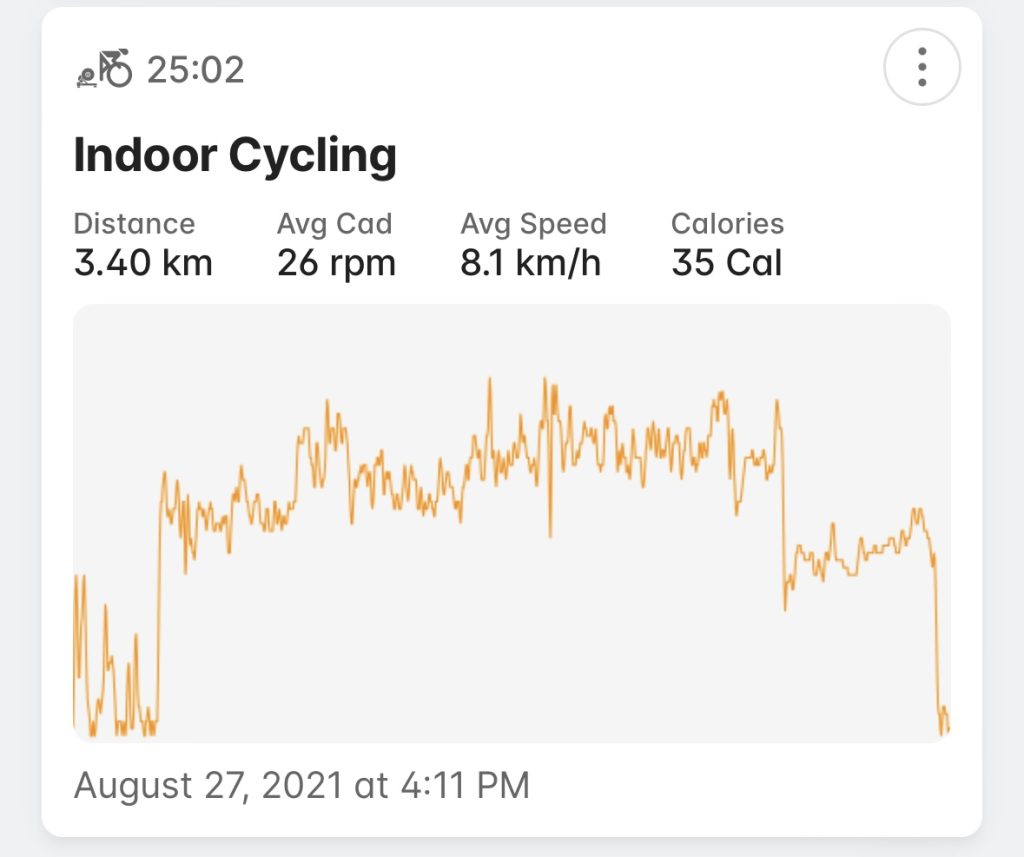
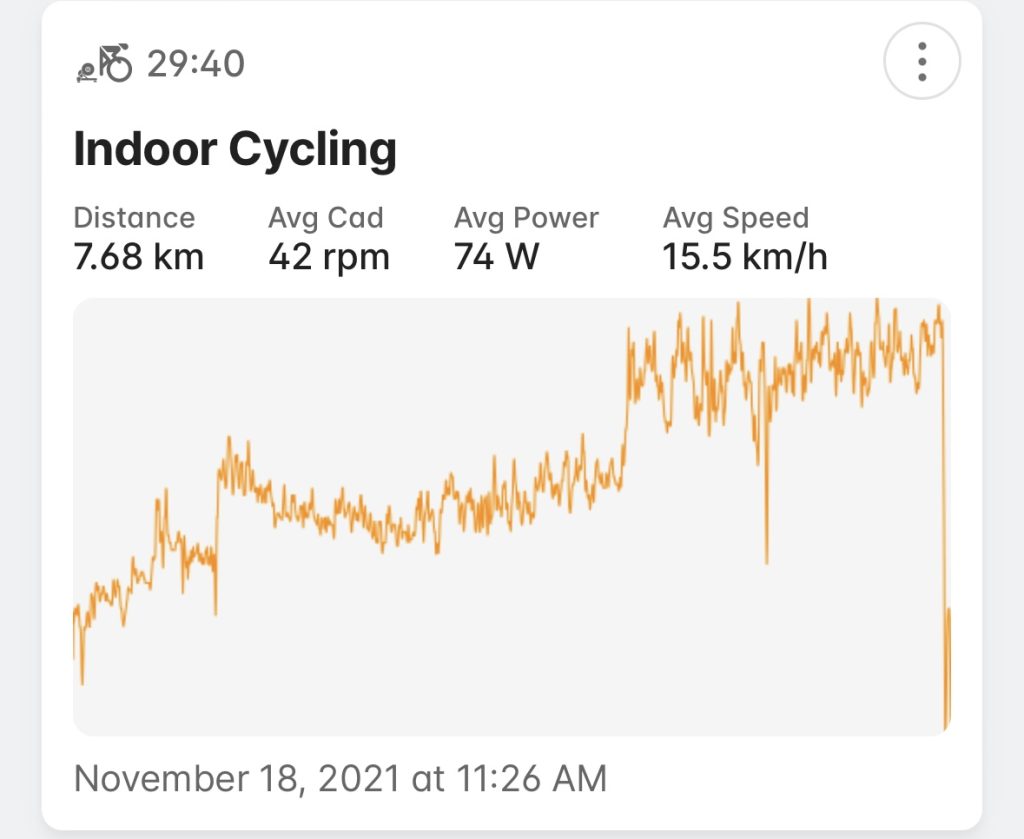
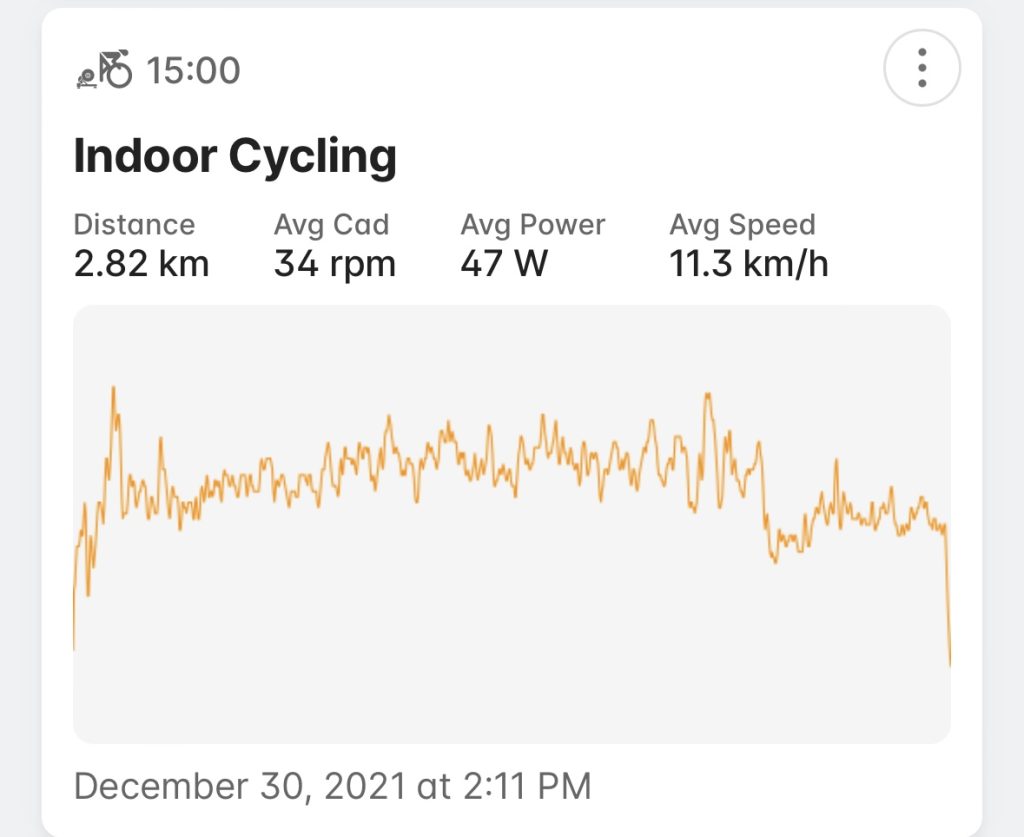

Print out your weight training workouts to track your load
- I have used just an excel spreadsheet for myself and clients just to be able to write down the LBS or KGs used with dumbbells or barbell
- A steady increase is key for strength
- Once you get into power exercises, you’ll likely decrease the load a small amount to be able to move the weight faster so it is good to see what you were lifting for a barbell back squat to then help pick weights for a loaded jump squat
Taking breaks and periodizing your training
You don’t have to get too technical in terms of periodization, but what I want you to think of is tapering week and full breaks. ACLR rehab is at least 12 months, but in reality and in my physio/personal opinion, it should be explained that it is 2 years.
Feeling “normal” and performing at your best are very different things, but regardless, stopping your training short at 12 months because you ‘feel fine’ is doing yourself a disservice.
- Talk to your physio about taking tapering weeks as you change blocks
- Talk to your physio about having full weeks off – espeically during vacation or at the 6 month mark, the 9 month mark and the 12 month mark
- Use this time to do whatever you feel like doing (within your functional ability and clearance). I found this extremely helpful to be able to come back to the next block of training fully ready to go
Have a read of the rehab phases here – I talk about the acute, foundations, strength and return to activity phases which are usually reached around the 9-12 month mark for ACLR rehab, and then I go into more detail about the return to performance phases which likely take place over the second year of rehab.
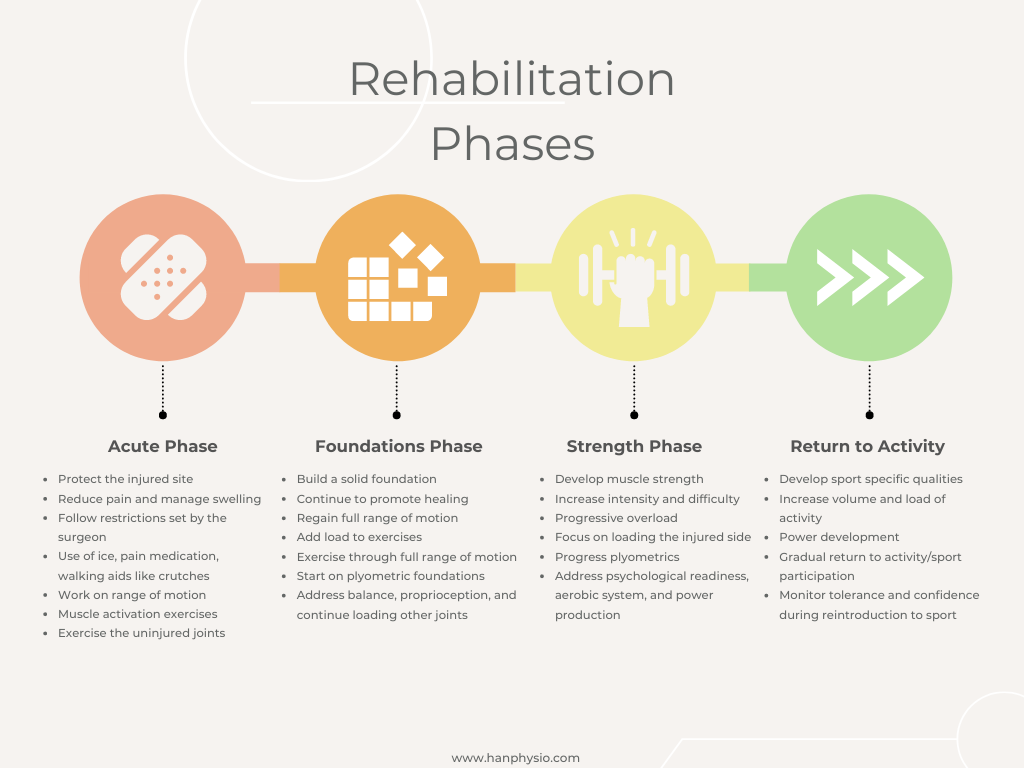
Something is better than nothing
Get rid of the all or nothing mindset
- The name of the game in ACLR rehab is consistency, you are always trying to get 1% better and these small improvements will add up exponentially over time
Find out what your non-negotiables are
- If you aren’t feeling up to the full workout then pick out the non-negotiables with your physio – these will likely be knee extensions, calf and hamstring strength, and hip strength throughout the program.
- Then depending on your sport it will likely involve deceleration exercises and plyometric exercise to get ready for change of direction.
- Then moving into late stage ACLR rehab, it may be more sport specific stuff.
- Quads will always be important so doing knee extensions is very important
- Hamstrings, after a hamstring autograft, can take 2-5 years to get back to the full strength. Work your way up to nordics and keep those in your training
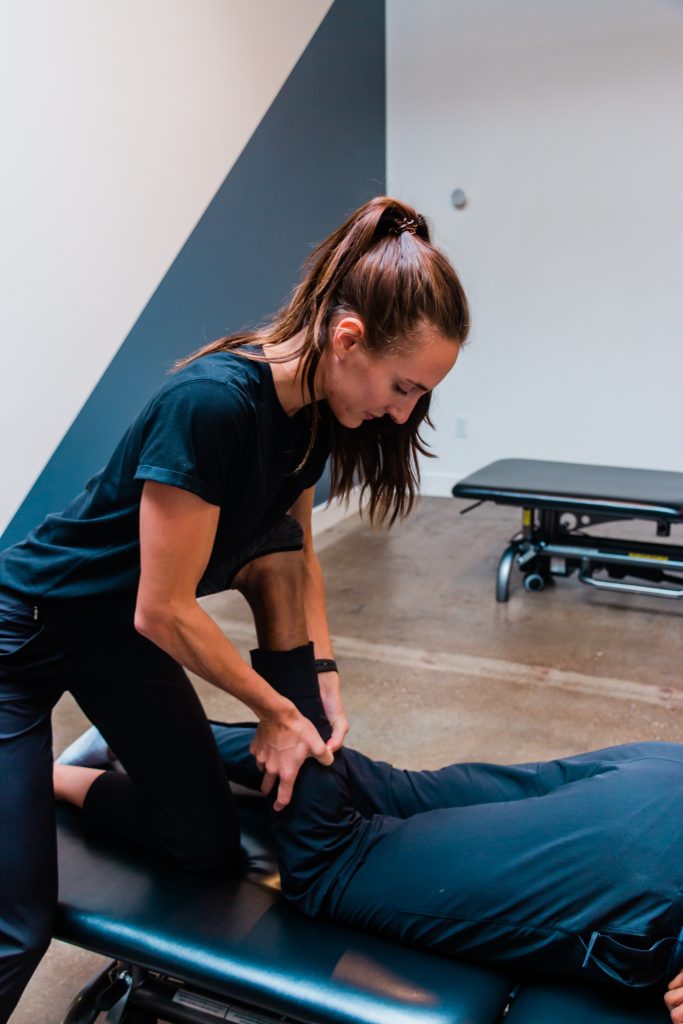
This process isn’t easy and you may find yourself more mentally challenged in the long run, than just physically challenged. Reach out if you are feeling like you are stuck in a rut in your training!
